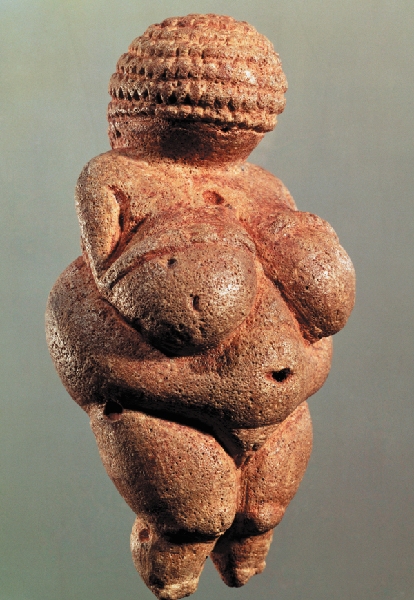Art
Exhibition Analysis
The
Fitzwilliam Museum
Snow
Country: Woodcuts of the Japanese Winter
The Edo Period, lasting from 1603-1868 C.E., was a time in Japan where peace and prosperity were achieved through rigid and repressive forms of government. Neo-Confucianism replaced Zen Buddhism as the main intellectual force, and foreign ideas were discouraged, including traveling out of the country and allowing outsiders in. Edo, or modern-day Tokyo, was a center of a flourishing community and culture of tradespeople. These commoners were deeply Buddhist and lived by the mantra of living life to its fullest. From this philosophy, a pleasure district was born and named ukiyo after the “floating world.” This district housed theatres, bathhouses, restaurants, and brothels, all places to achieve earthly pleasures to fulfill their mantra. Actors and courtesans were portrayed in woodblock prints as samurai and aristocratic poets were in other art forms, as heroes. The woodblock prints became known as ukiyo-e, “pictures from the floating world.”(Cothren.) In looking at the woodblock prints from the Edo period, it is easy to identify the values of the country at the time.
 |
| Ki no Tomonori, Suzuki Harunobu |
 |
| Geisha as Daruma Crossing the Sea, Suzuki Harunobu |
In
looking at Suzuki Harunobu's Ki
no Tomonori (1767-1768
CE) in the Fitzwilliam Museum's online gallery, the importance of
poetry and cultural standards of beauty can be seen. The piece is
from a series of thirty-six poets, in which a woodblock print was
created to depict a then-modern interpretation of an 11th
century poem. The poems were inscribed in a cloud at the top, and the
scene below illustrated it. This particular piece portrays a woman
and a young maid walking through the snow along the Sao river. Their
garb is that of the 18th
century in Japan, including high wooden sandals called geta,
and
split-toed socks called tabì.
Both
figures are portrayed in the ideal feminine form, with painted white
faces and clothing that hint at the feminine physique underneath.
This same idealism can also be seen in a more humorous of Harunobu's
paintings, Geisha
as Daruma Crossing the Sea (18th
century CE) (Stokstad.) The geisha also wears her face painted and
light robes that blow around her frame. This piece is a reference to
the legend of a semi-legendary Indian monk, known as Daruma in Japan,
who crossed a river on a reed. The geisha is performing this
legendary act in a sharp and humorous contrast to the image of a Zen
monk. This piece highlights the “live to the fullest” mantra by
comparing the earthly pleasures brought by the geisha to
enlightenment.
 |
| Overnight Snow in Yoshiwara, Keisai Eisen |
 |
| The Nightmare, John Henry Fuseli |
 |
| Kamedo Gyarô-une, Ogata Gekko |
 |
| Woman From Willendorf |
All
of the above examples of the capturing of the idealistic feminine
form keep with a tradition that has been around since the Upper
Paleolithic Period. In the Upper Paleolithic piece Woman
from Willendorf (c
24,000 BCE) the then-ideal forms of women, such as a bulging bellies,
solid thighs, and large breasts, are captured in a stone figurine
that was a totem of fertility. In ancient Egypt, the famous stone
bust of Nefertiti by Tutumose captures the Egyptian queen in a way
that is almost too ideal, making it a paragon of socially-accepted
beauty over thousands of years and even into modern standards. In
observing the woodblock prints of the Edo Period of Japan, we are
able to identify not only the period's ideals of beauty but also
other various values of its culture.
Works Cited
Cothren,
Michael W. Art A Brief
History, Books a La Carte Edition.
By Marilyn Stokstad. 5th ed. N.p.: Pearson College Div,
2011. 4+. Print.
"The Fitzwilliam Museum
: Snow Country Home." The
Fitzwilliam Museum News.
The Fitzwilliam Museum, 2 Oct. 2012. Web. 21 Feb. 2014.
Exhibition Link:
(I have added the photos of the prints for easier viewing for my readers. Photos are from either the Fitzwilliam Museum website [link above] or a Google search to help find the works I referenced from my textbook. Photos were not included in my graded essay.)
No comments:
Post a Comment